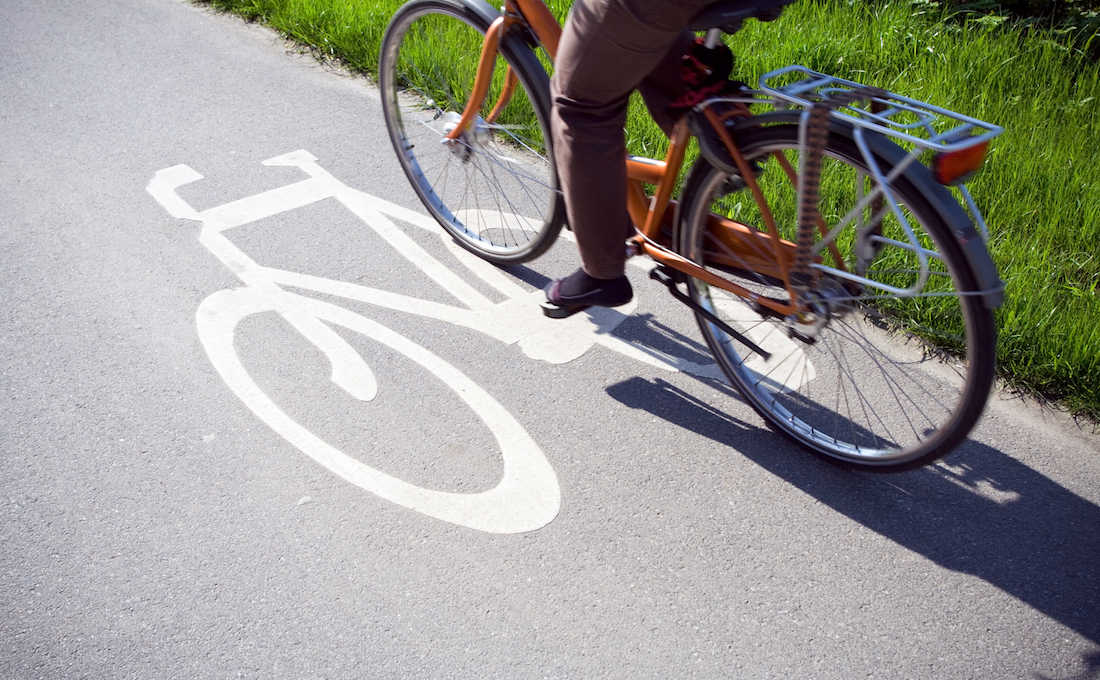Cycling is a popular activity in Switzerland, not only as a means of transport or a serious sport, but also as a relaxing pastime. There are over 6,000 km of marked bicycle paths in country areas. Apart from cycling to work, which is always a popular choice for people, summertime can also provide the perfect opportunity to leisurely explore the countryside.
Cycling in Switzerland can seem a bit daunting to newcomers. There are only two rules you need to meet before you head off on the roads – thankfully they are also pretty basic.
- anyone wanting to cycle on roads in Switzerland must be at a minimum school age and
- be able to pedal with both feet while sitting in the saddle.
First things first, cyclists must abide by the general road traffic regulations. You will find them all outlined in the Handbook of Swiss Traffic Regulations which you can get from the canton’s road traffic office. You are no longer required to have a vignette for a standard bicycle, however you should check with your insurance company that third party insurance is covered under your personal liabilty. Most insurance companies do automatically cover this, but it is better to check this out before you head out on to the road.
Remember you are not the only person on the road, so respect the road and ensure other motorists can see you. Make sure your bike is properly lit with flashing rear and front lamps and that you are wearing reflective clothing. Where cycle lanes are provided, they must be used. As you may have noticed, in some cities and towns there aren’t many off-road cycle lanes. As such you are often taking your life into your hands when heading out onto the main roads. Again it comes back to being familiar with the general road traffic regulations and being road smart. Always stop at stop signs and red lights. Priority is given to those coming from the right, so allow yourself enough time to stop as you approach junctions and pedestrian crossings. Lastly before every turn always turn your back for one last look and be concious of blind spots. Be aware that if you’re in the blind spot, you might not be visible even if you can see the others.
If you are looking to import a bicycle, then it must conform to Swiss safety standards. The road traffic office will provide you with a list of these. Off road bikes cannot be used on public roads unless it is deemed road legal, with the exception of riding to and from race venues. It is important to keep your bicycle in roadworthy condition and while it is not compulsory to wear a helmet – it is highly recommended.
Important Tips:
- Children under the age of ten who have not completed their course in school are not covered in the event of an accident.
- Children up to the age of seven can be carried on the back of an adult’s bicycle in a specially designed chair. Riders carrying children must be aged over 16.
- The Traffic Association of Switzerland produce special cycling maps which you will find in most bookshops.
- Cycling on foothpath is strictly prohibited unless signposted otherwise, even for children.
- Bicycling in Switzerland is a booklet that Switzerland Tourism has produced which offers you many tips along with regional cycling guides and one-day trips.
- Cycling with your hands off the handlebar or your feet off the pedals is also prohibited.
- If you want to take your bicycle on trains, trams or buses then you will need a valid bicycle ticket (Velobillete).
Rules for e-bikes:
- If you have pedal-assisted e-bike with a speed of over 25km/h then you will need a motor-assisted bicycle authorization and an annually renewable vignette (Get these from your canton’s road traffic office if they are not supplied directly by the shop that sold you your bike).
- The minimum age for riding an electric bike is 14.
- No licence is needed over the age of 16 however anyone under this age will need a category M driving licence.
- Pedal-assisted e-bikes with a speed of over 45 km/h are considered motorcycles.
- E-bikes must use cycle lanes.
- Slow e-bikes (up to 25km/h) are allowed to use roads signposted “no motorised bicycles”. Fast e-bikes can only use these roads with their motor switched off.



